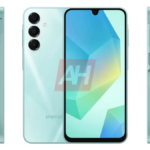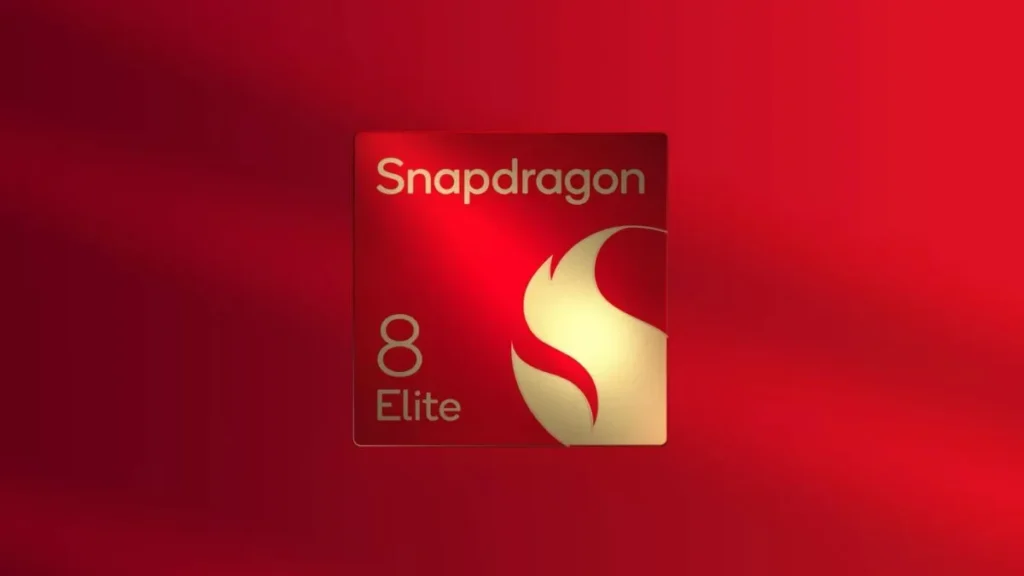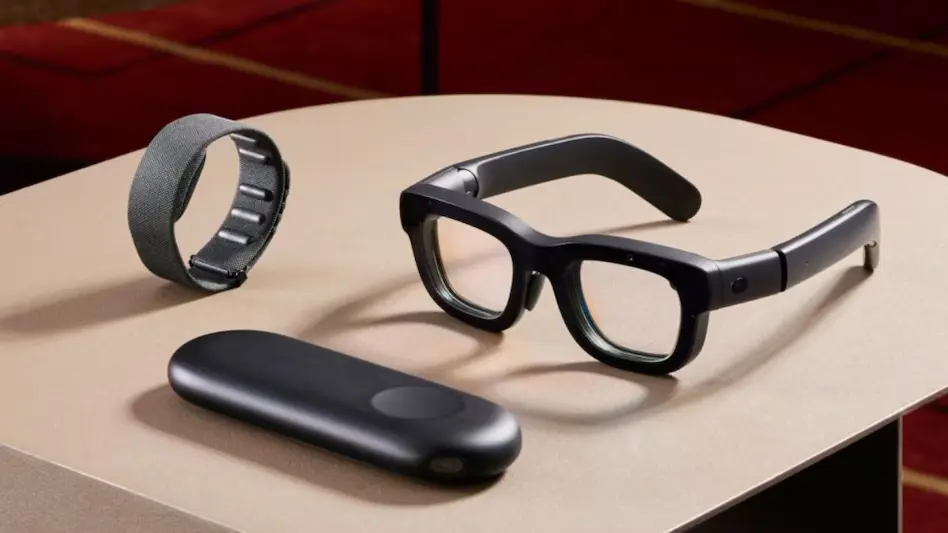The ISOCELL HP9, ISOCELL GNJ, and ISOCELL JN5 are three new mobile image sensors that are intended for use with smartphones’ primary and secondary cameras. Samsung Electronics is a global leader in advanced semiconductor technology.
Given the increasing demands of users on smartphone cameras, Samsung’s most recent image sensors have raised the bar for mobile photography by producing amazing images from all viewpoints.
“The new direction of the industry is to enhance image sensor performance and bridge the gap between main and sub cameras to offer a consistent photography experience across all angles,” stated Jesuk Lee, Samsung Electronics Executive Vice President and CTO of the System LSI Sensor Business Team. We promise to keep pushing technological boundaries and setting industry standards with our new line of mobile sensors that incorporate the newest innovations.
ISOCELL HP9: First 200MP Telephoto Sensor
optical format of 1/1.4 inches, the ISOCELL HP9 has 200 million 0.56-micrometer (μm) pixels.
The HP9 dramatically improves light-gathering capacity by directing more light precisely to the matching RGB color filter thanks to its unique high-refractive microlens made of a novel material. With 12% better light sensitivity (based on signal-to-noise ratio 10) and 10% better autofocus contrast performance than the previous model, this leads to more vibrant color reproduction and improved focus.
The HP9 stands out for its exceptional performance in low light, which solves a problem that conventional telephoto cameras frequently face. With its Tetra²pixel technology, a big, 12MP 2.24μm-sized sensor with 16 pixels (4×4) is combined to create stunning out-of-focus bokeh effects and crisper portrait photos, especially in low light.
The space available for telephoto cameras is growing along with the size of the primary cameras in high-end smartphones. Because of its large optical format, the HP9 may be used with telephoto modules and achieves image quality, focusing high dynamic range (HDR), and frames per second (fps) comparable to high-end primary cameras.
The HP9, which is equipped with mosaic technology, can achieve up to 12x zoom when combined with a 3x zoom telephoto module. It can also achieve 2x or 4x in-sensor zoom modes while retaining sharp image quality.
ISOCELL GNJ: Integrating Cutting-Edge Pixel Technology
The ISOCELL GNJ is a dual-pixel sensor that has an optical format of 1/1.57 inches and 50 million 1.0μm pixels.
Two light-emitting are housed in each pixel, allowing for quick and precise autofocus that is akin to human vision. In addition, the image sensor concurrently records full-color information for fast focusing and consistent image quality.
To provide clearer video footage in video mode and higher-resolution images free of artifacts or moiré patterns in photo mode, the GNJ combines dual pixel technology with an in-sensor zoom capability.
In addition to increasing light transmission and lowering undesired reflections, Samsung’s patented high-refractive microlens, when combined with the recently enhanced high-transmittance anti-refractive layer (ARL), guarantees that dark regions are not unduly brightened for more accurate photographs with intact image details.
To reduce crosstalk between neighboring pixels, the GNJ also has an improved pixel isolation material in deep trench isolation (DTI) that switches from polysilicon to silicon oxide. This enables the sensor to take sharper, more detailed pictures.
Using a 34% improvement in video mode at 4K 60 frames per second and a 29% improvement in preview mode, all of these advances have been made with less power usage.
ISOCELL JN5: Experience From Every Angle With a Broad Color Range
The ISOCELL JN5 has an optical format of 1/2.76 inches and 50 million 0.64μm pixels.
By significantly lowering noise in extremely low light, Dual Vertical Transfer Gate (Dual VTG) technology improves charge transfer within pixels to provide sharper images.
The JN5 uses Super Quad Phase Detection (Super QPD) to compare phase variations in both vertical and horizontal directions to focus, allowing it to capture even the smallest details of fast-moving objects with less shake.
The JN5 also uses dual-slope gain (DSG) technology to improve its HDR. The spectrum of colors that the sensor can create is increased by this technology, which amplifies the analog light information entering the pixels into two signals, converts them into digital data, and then merges them into one data.
Using hardware remosaic methods allows instantaneous real-time zoom in preview and capture modes, improving camera shooting speed.
The JN5 offers a consistent camera experience from various angles thanks to its small optical format, making it extremely versatile. It can be used with main and sub cameras, including wide-angle, ultra-wide-angle, front, and telephoto.

















